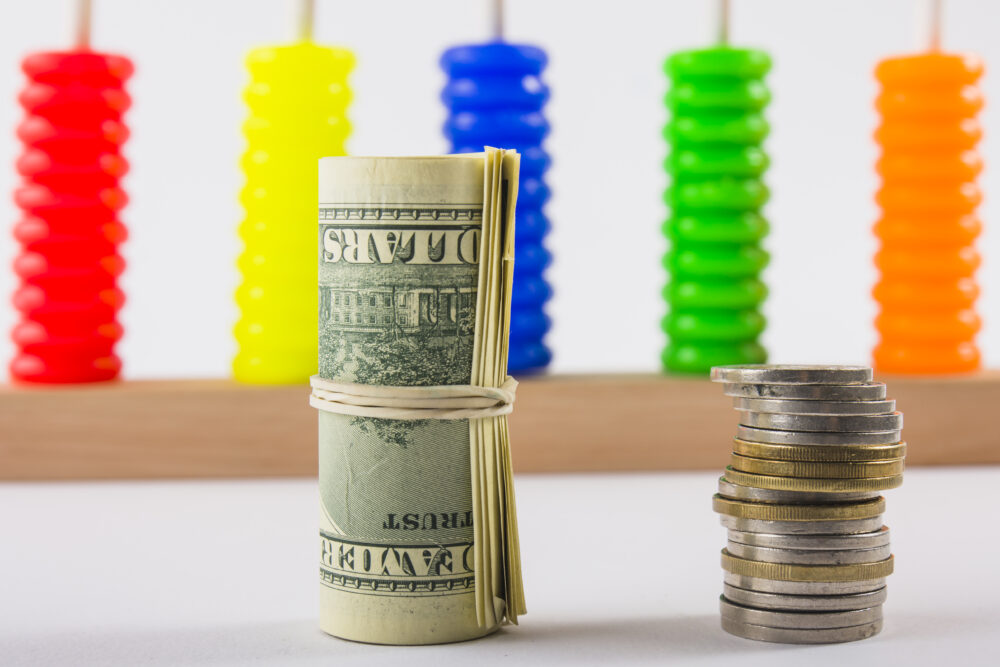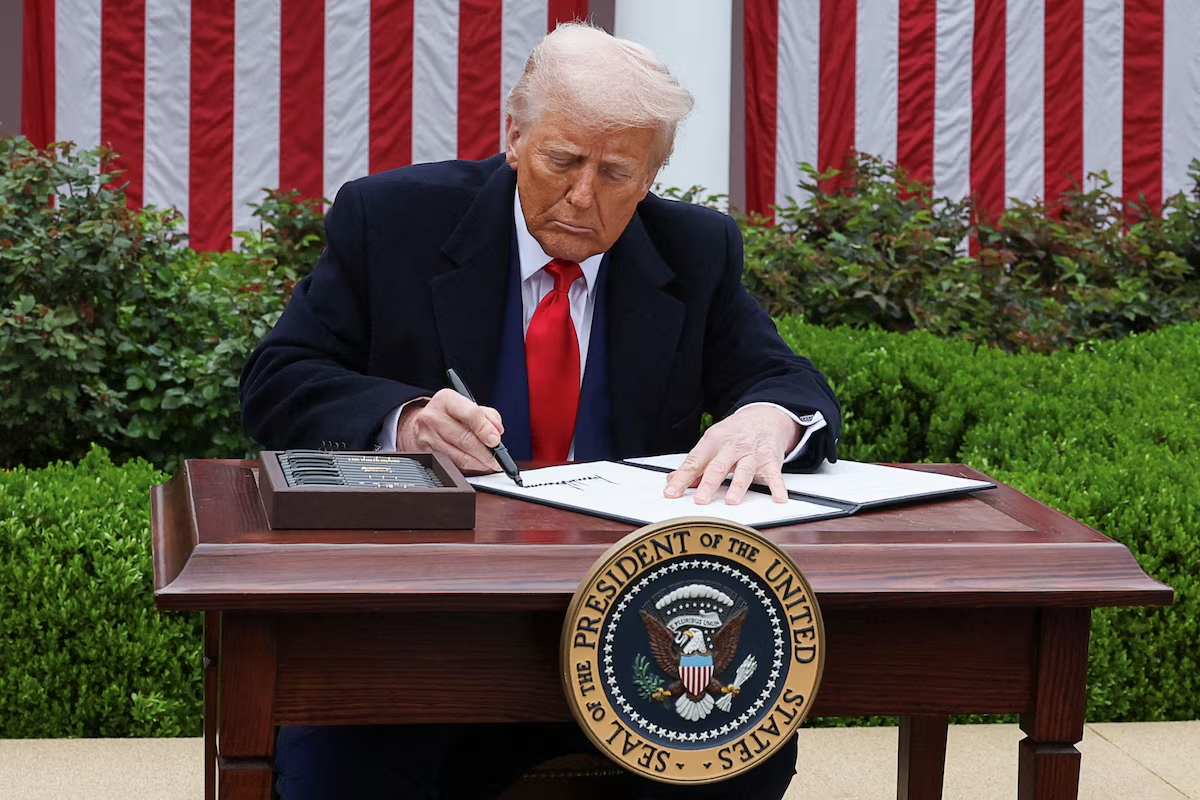A recent Deutsche Bank study argues that dollar-backed stablecoins could play a key role in keeping the U.S. dollar at the top as the world’s reserve currency — although not in the way many assume. The report warns that focusing on stablecoins purchasing U.S. short-term Treasury bills (T-bills) is misleading and could carry risks.
If stablecoins draw money out of bank deposits, they might reduce demand for T-bills, which could increase the U.S. government’s dependence on short-term debt. That scenario might drive up borrowing costs and create rollover risk when debts come due.
Instead, the more lasting influence of stablecoins likely lies in how they enable more private-sector use of the dollar in global commerce. As more businesses around the world settle trades in dollars via stablecoins, and possibly as central banks follow suit in reserve allocations, the path to dollar dominance becomes less about government debt and more about widespread utility in payments and trade.
Such stablecoin growth could also pose competition for rival currencies like the euro and China’s yuan in terms of internationalization.










